According to statistics from the Department of Irrigation (Ministry of Agriculture and Rural Development), storm No. 3 and subsequent floods have severely damaged 68 reservoirs, bringing the total number of severely damaged reservoirs nationwide to 408 (62 large reservoirs, 113 medium reservoirs, 233 small reservoirs), all of which have not yet received funding for repair and upgrading.
At the Conference on Management and Operation of Irrigation Reservoirs on the afternoon of November 13, Mr. Nguyen Dang Ha, representative of the Department of Irrigation (Ministry of Agriculture and Rural Development) said that the whole country has built 7,315 dams and irrigation reservoirs, including 6,723 reservoirs with a total dam length of about 1,182km, total storage capacity of about 15.2 billion m3. Irrigation reservoirs provide water for agricultural , industrial and domestic production, combined with flood reduction and multi-purpose purposes such as supplying water for electricity generation, creating space for solar power development, aquaculture, tourism development, etc.
Most of the large reservoirs with a capacity of 3 million m3 or more have been repaired to ensure safety. However, storm No. 3 and subsequent floods have severely damaged 68 reservoirs, bringing the total number of severely damaged reservoirs nationwide to 408. Mr. Ha said that all of these damaged reservoirs have not yet been allocated funds to repair and upgrade.
According to Mr. Ha, after storm No. 3 and the floods after the storm, the existing problems in construction and operation have been clearly exposed, and "they have also increased the challenges for the management and operation of dams and irrigation reservoirs". Currently, only 17% of the lakes have built emergency response plans, of which 401/897 large lakes have built plans; 5% of the lakes have built flood maps.
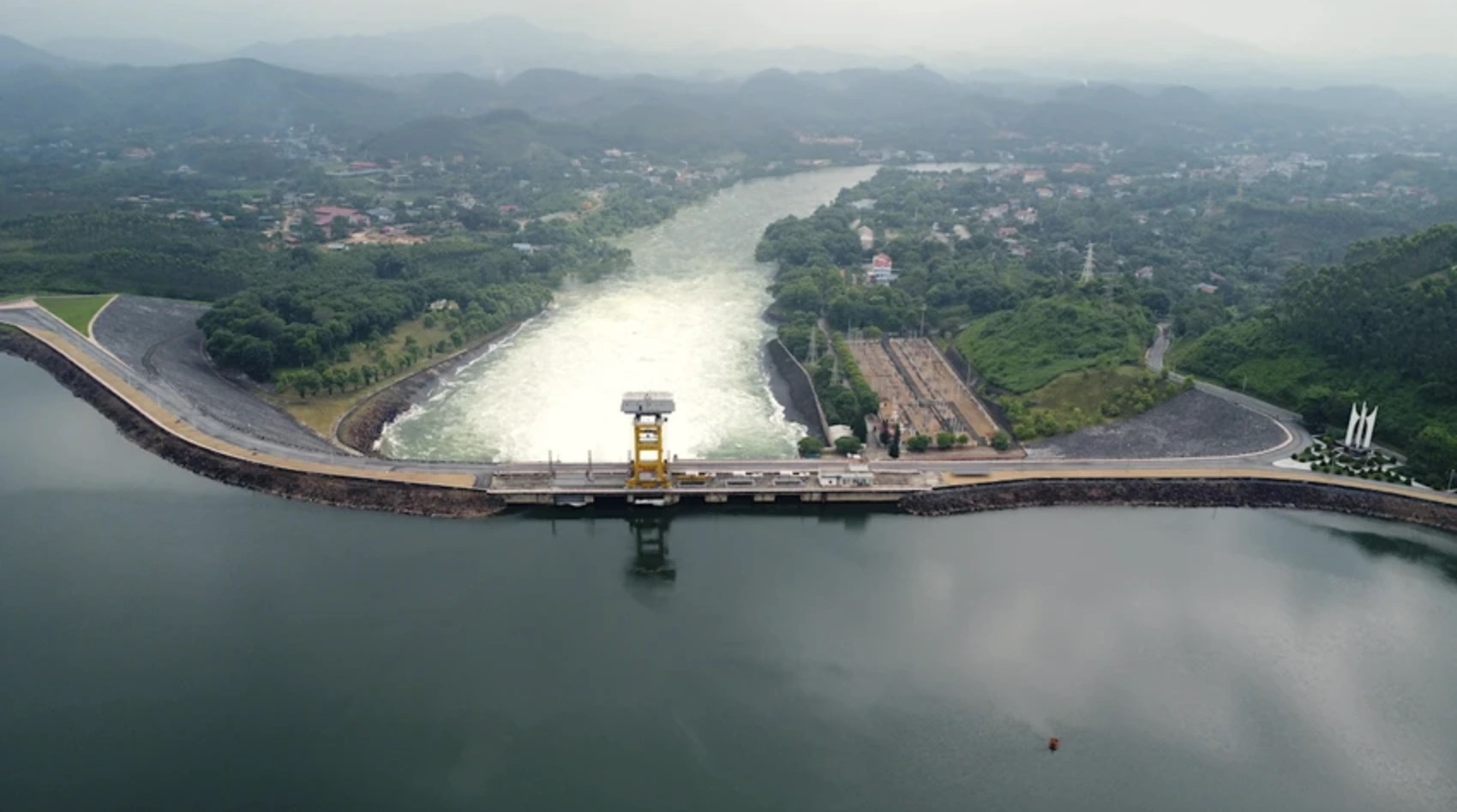
Thac Ba Hydroelectric Reservoir was inaugurated in 1962 with a water storage capacity of 3 billion cubic meters. The lake was built on the Chay River basin in Yen Bai province.
"With reservoirs, especially large reservoirs with densely populated downstream areas, if plans are not developed, when a situation arises, the response will be very passive," said Mr. Ha.
According to Mr. Nguyen Tung Phong, Director of the Department of Irrigation, after storm No. 3, the issue that needs to be raised is the need to improve forecasting capacity and accuracy in forecasting. From there, operational scenarios can be developed; flood discharge but still ensure safety, limit flooding for downstream areas while still maintaining the amount of water in the reservoir to ensure production needs during the dry season.
Along with that, it is necessary to review the operating procedures and standards in the design and construction of reservoirs, especially long-term reservoirs. Reassess the capacity of these reservoirs to determine the scale and tasks of the project in the face of extreme weather situations. Reservoirs must ensure multiple objectives, especially ensuring production, people's lives and safety.
Faced with the challenges of extreme and unpredictable floods in the context of climate change, pressure from people's activities, economic development in the upstream and downstream areas of dams, and pressure to carry out the task of exploiting multi-purpose reservoirs, Mr. Ha said that there needs to be solutions for building and perfecting policies.
Accordingly, the Department of Irrigation will advise the Ministry of Agriculture and Rural Development to coordinate with the Ministry of Industry and Trade, relevant ministries, branches and localities to develop a Decree amending and supplementing a number of articles of Decree 114/2018/ND-CP on the management of dam and reservoir safety to ensure strictness, efficiency, feasibility and compliance with legal regulations.
In addition, it is necessary to review and complete technical regulations, standards, norms, and exploitation norms to serve the survey, design, construction, and management of dams and reservoirs in accordance with new conditions.
In addition, the Department of Irrigation will work with other departments and divisions under the Ministry to study and resolve difficulties related to aquaculture activities in reservoirs; change tasks and technical parameters of works; handle works that have expired, are no longer in use, or are severely damaged and cannot be repaired or restored...
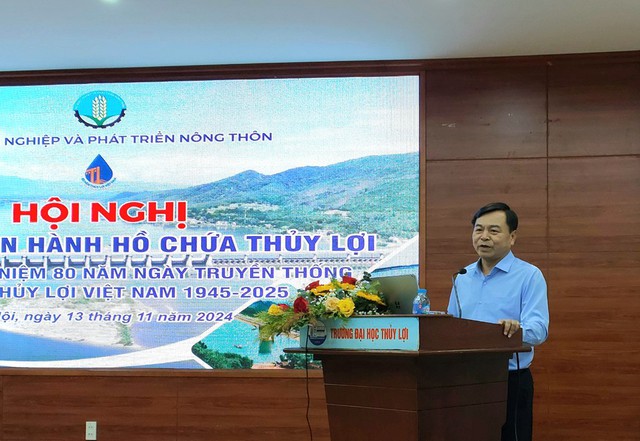
Deputy Minister of Agriculture and Rural Development Nguyen Hoang Hiep said that although the irrigation reservoir system in our country is large, many reservoirs have existed for 100 years, 50 years... and there are no regulations on when to stop exploitation.
Deputy Minister of Agriculture and Rural Development Nguyen Hoang Hiep emphasized that the operation of irrigation reservoirs must ensure multiple purposes, not only for crop irrigation, not only for water storage and discharge but also for socio-economic development. Reservoirs must store water for production but must also operate safely, especially those with flood control functions.
Storm No. 3 shows that in the operation of reservoirs, especially inter-regional reservoirs, the problem arises of how to operate effectively to ensure that water in irrigation reservoirs is a resource.
"Although the irrigation reservoir system in our country is large, many reservoirs have existed for 100 years, 50 years... and there are no regulations on when to stop exploitation," Mr. Hiep added that currently, the actual capacity of reservoirs and the design capacity are very different. Many reservoirs have doubled their capacity after survey, but there are also reservoirs with half of that. Besides, early warning and long-term warning are still weak and this needs to be invested in with science and technology. These are big stories in the management and operation of irrigation reservoirs.
Source: https://danviet.vn/hon-400-ho-chua-bi-hu-hong-nang-nhung-deu-chua-duoc-bo-tri-nguon-von-de-sua-chua-nang-cap-20241113203310205.htm








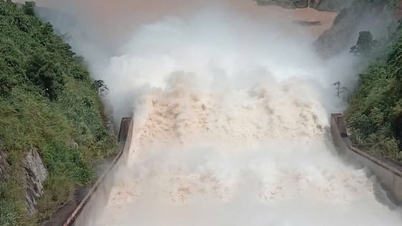

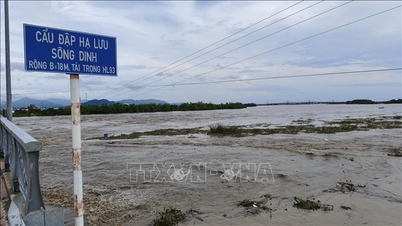

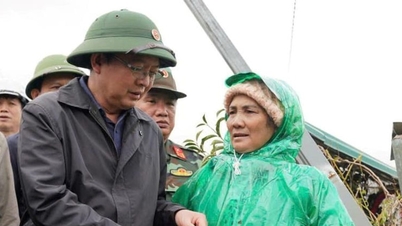


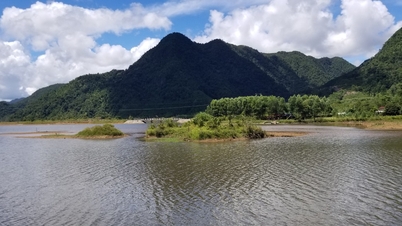

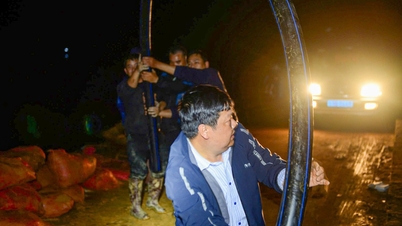


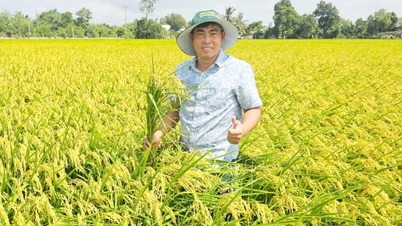
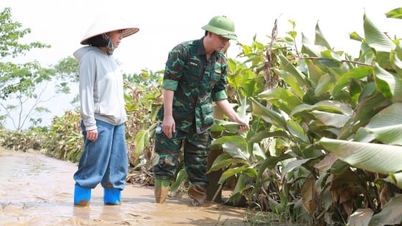
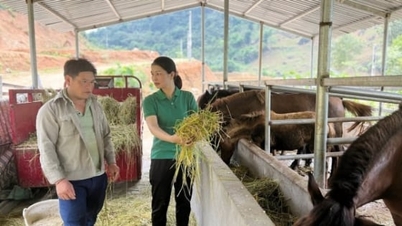
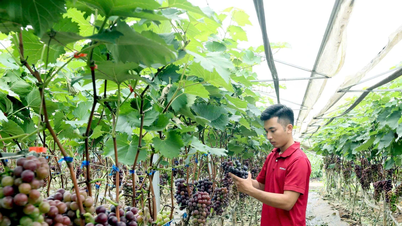

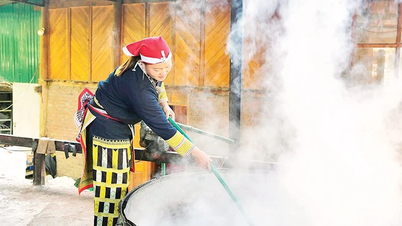

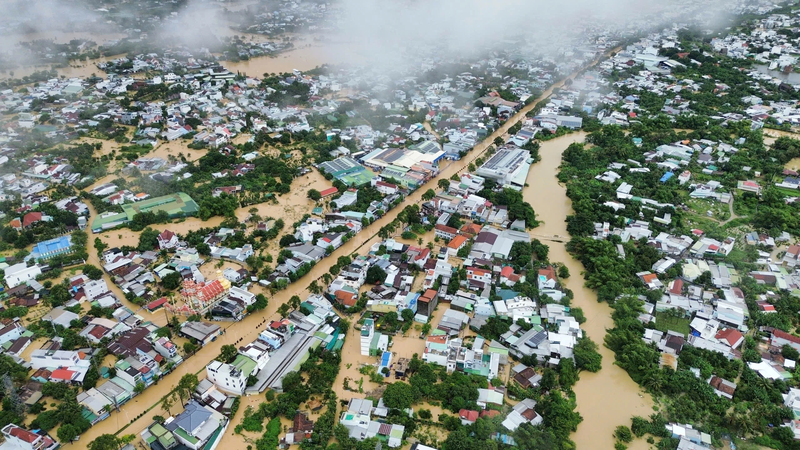




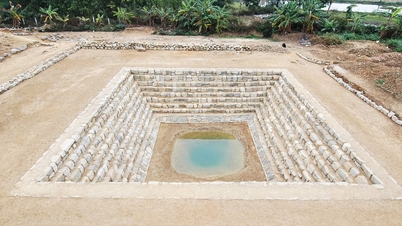


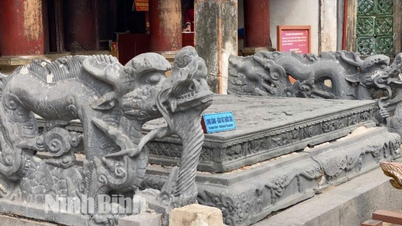

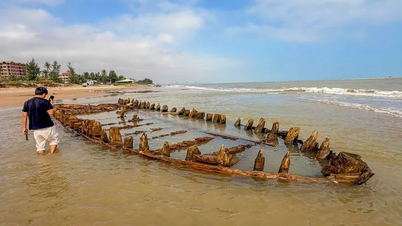





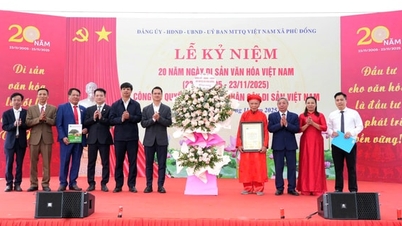






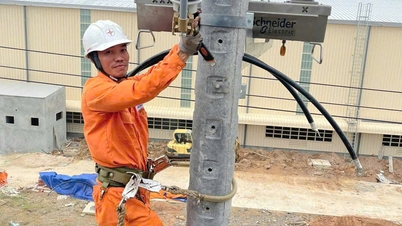


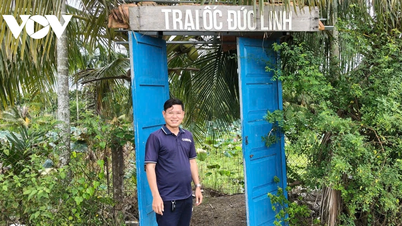




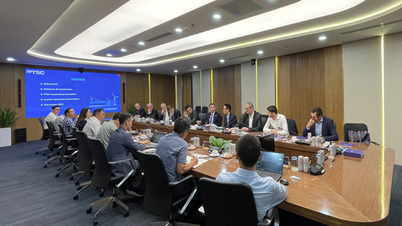

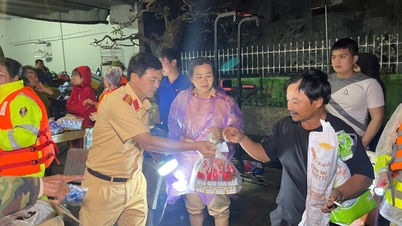


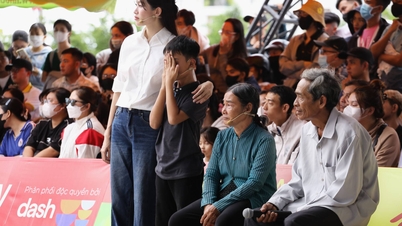


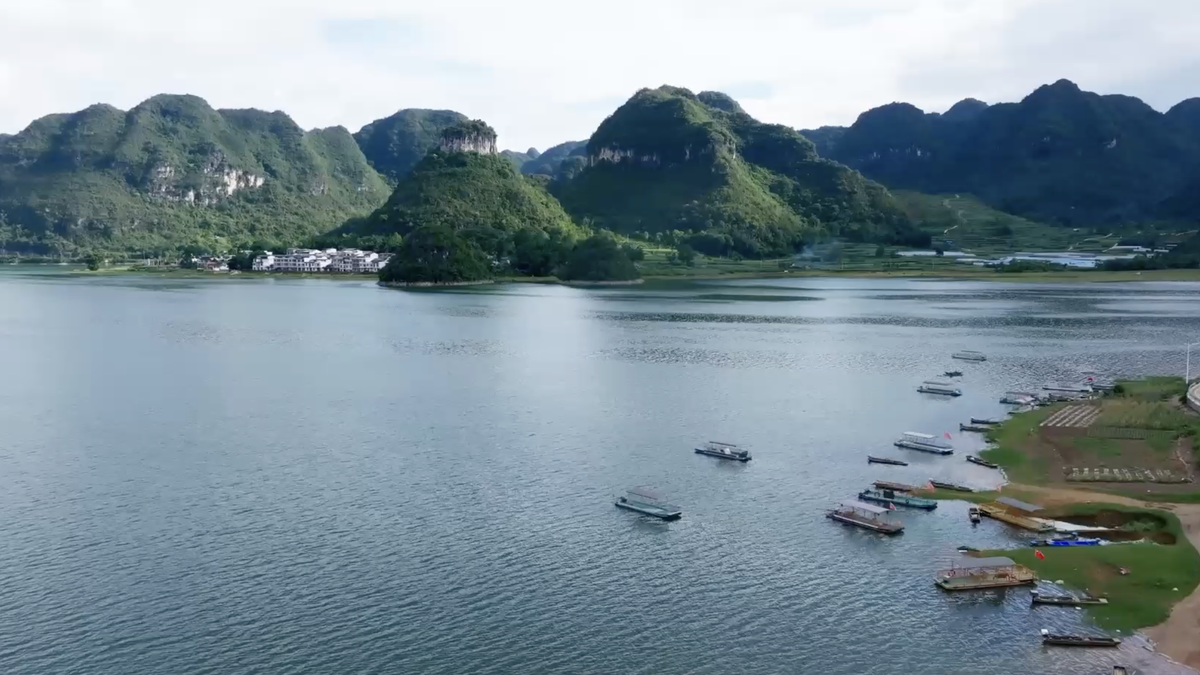


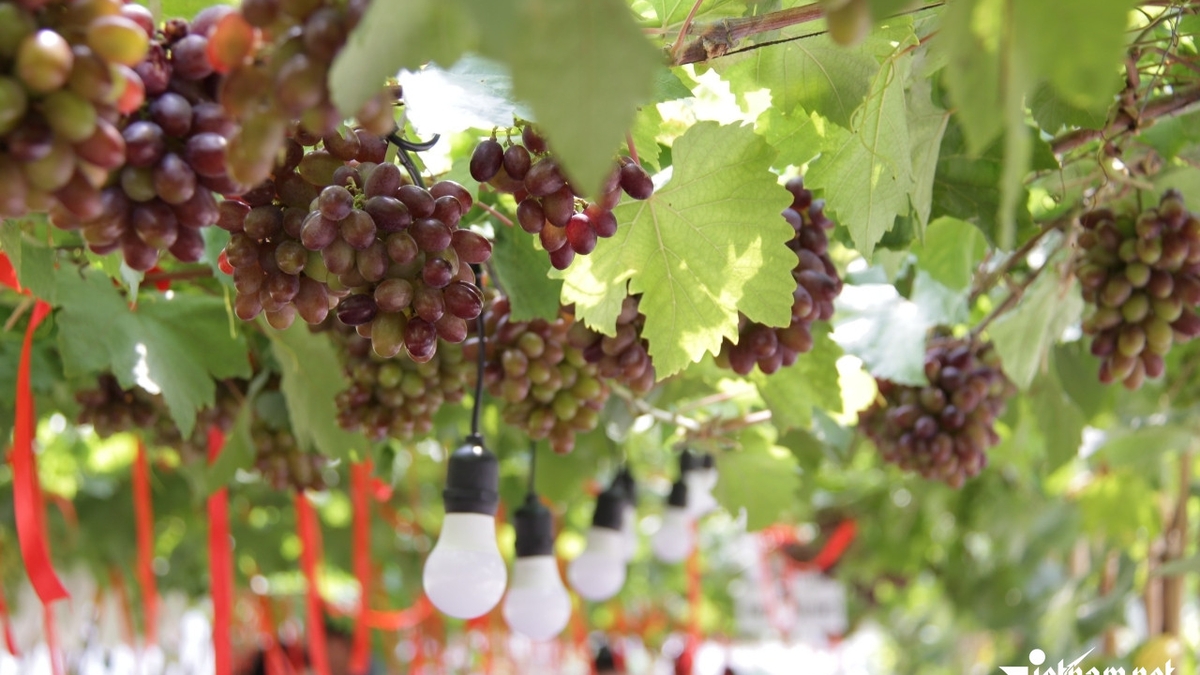









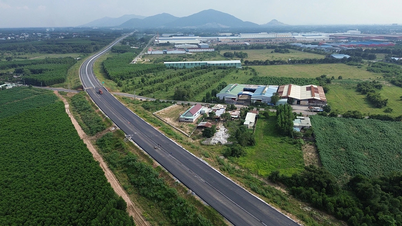








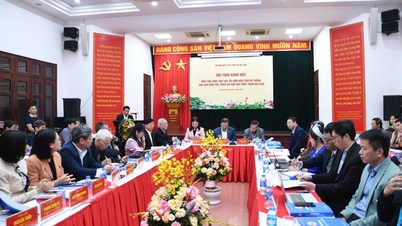
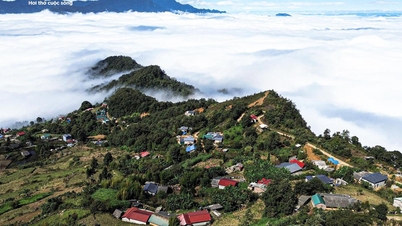






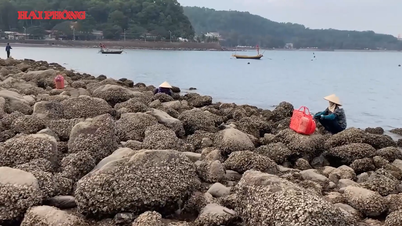
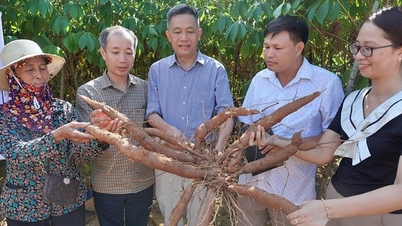



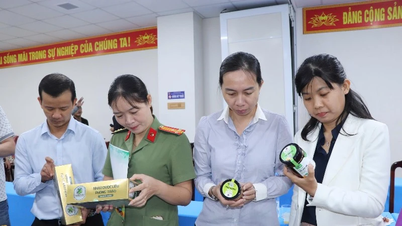
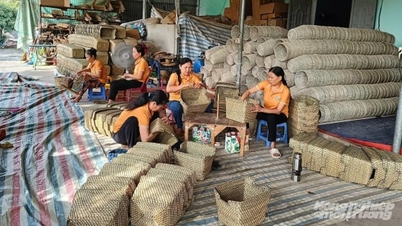







Comment (0)